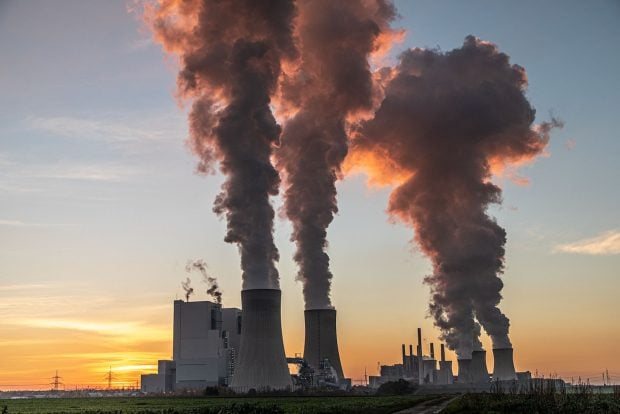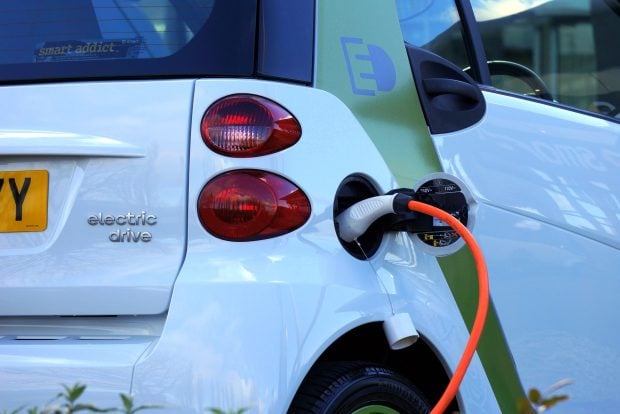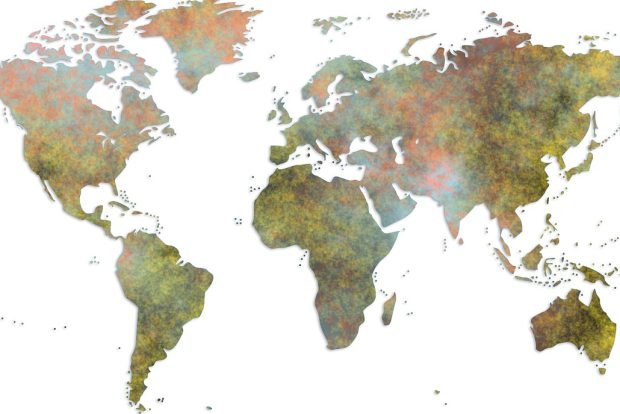Paris Agreement goals out of reach unless top emitters step up, study warns

Collective efforts “still fall far short” of what is needed to limit global warming to 1.5C of pre-industrial levels, according to research by the World Resources Institute (WRI).
The study focused on six of the world’s top emitters – China, the US, India, the European Union, Brazil, and Indonesia, which together emit more than half of the world’s greenhouse gases each year – and assessed how ambitious their mitigation targets are.
It found that all six countries’ nationally-determined contributions (NDCs) “fall well short of what’s needed to keep the 1.5C limit within reach”, and that some targets will not enable countries to meet their own net zero pledges.
While the WRI noted that some countries have made “strides forward”, and that assessing countries’ target ambition is “complicated”, it said that “no matter which way you slice it, major emitters need to go further” if the world is to avoid the “increasingly dangerous impacts” of climate change.
However, it said that this year “presents a prime opportunity to change course, with countries set to put forward new NDCs ahead of COP30 in November 2025… All eyes are now on governments to establish bold, new emissions-reduction targets.”
Read more: Integrate mission governance into climate policy, says OECD
Various approaches to national benchmarks
NDCs are commitments countries make to reduce their greenhouse gas emissions under the Paris Agreement. Each successive NDC, which Paris Agreement signees are required to submit every five years, are meant to be stronger than the last and reflect a country’s “highest possible ambition”.
The WRI assessed the six countries’ targets against five approaches to establishing national benchmarks and emissions-reductions targets. These include both global and national models such as the ‘1.5C-aligned, least cost pathways’ – used in reports by the Intergovernmental Panel on Climate Change – ‘1.5C-aligned, fair share pathways’, and ‘National modelled pathways to net zero’. An explanation of each of the five approaches can be found in the WRI’s study.
The WRI found that while the six top emitters have set near-term targets that would be considered ambitious under at least one of the five approaches assessed, none feature targets for 2030 and 2035 that are “sufficiently ambitious” across each of the five approaches.
Read more: The missing link: exploring the potential of national climate institutions
US most ambitious – for now
Of the six, the study found that the US is most ambitious, with its 2030 target aligned with three of the five models and its 2035 target aligned with three of the models and partially aligned with an additional one.
These latest targets were set under the Biden administration before president Trump’s decision to withdraw the US from the Paris Agreement and rollback climate action policies.
Biden committed the world’s second-largest emitter, after China, to reducing greenhouse gas emissions 61-66% from 2005 levels by 2035, and reaffirmed a previous pledge to cut emissions 50-52% from 2005 levels by 2030 and reach net zero by 2050.
Many state governments have committed to continue to make progress towards these NDCs, though Trump signed an executive order last week that aims to stop the enforcement of state laws on climate change that he said are “irreconcilable with my administration’s objective to unleash American energy”.
In the WRI study, China fares worst of the six countries, with its 2030 target not aligned with any of the four applicable models.
In its most recent NDC published in 2021, the Chinese government committed to peaking CO2 emissions before 2030, reducing the amount of CO2 emitted per unit of GDP produced – known as carbon intensity – by at least 65% from 2005 levels by 2030, and achieving carbon neutrality by 2060. It has not yet set targets for 2035.
As for the European Union, its most recent NDC commits its 27 members to reduce greenhouse gas emissions at least 55% from 1990 levels by 2030, as well as to collectively achieve climate neutrality by 2050. The WRI found that its 2030 targets align with two of four applicable approaches, and that to help limit warming to 1.5C it would need to strengthen its near-term ambition.
For example, a fair-share-based contribution – which seeks not to assign developing countries disproportionate responsibility for reducing greenhouse gas emissions relative to their contributions to the climate crisis, unlike other approaches – would require at a least a 91% reduction in greenhouse gases from 1990 levels.
Read more: UN resumes Climate Weeks to accelerate action
Greater ambition ‘paramount’
In the conclusion to its study, the WRI said that “Greater ambition from all countries – and especially these major emitters – is paramount. In a moment of global economic uncertainty, the need for ambitious climate action that targets both inclusive economic prosperity and long-term stability is stronger than ever.
“The NDCs that governments submit this year, as well as the plans and finance they put in place to achieve them, will decide the fate of the Paris Agreement’s temperature goal. Major emitters must meet this moment by stepping up their ambition in their new round of NDCs.”
In the UN’s latest assessment, it found that countries’ current policies put the world on course for a 3.1C warming, with greenhouse gas emissions holding steady at 57 metric gigatons of carbon dioxide equivalent (GtCO2e) in 2030 and 2035. To limit global temperature rise to 1.5C, these emissions must instead decline rapidly to 33 GtCO2e in 2030 and 25 GtCO2e in 2035.
Read more: World breaches 1.5C warming limit as climate deadline looms for governments























